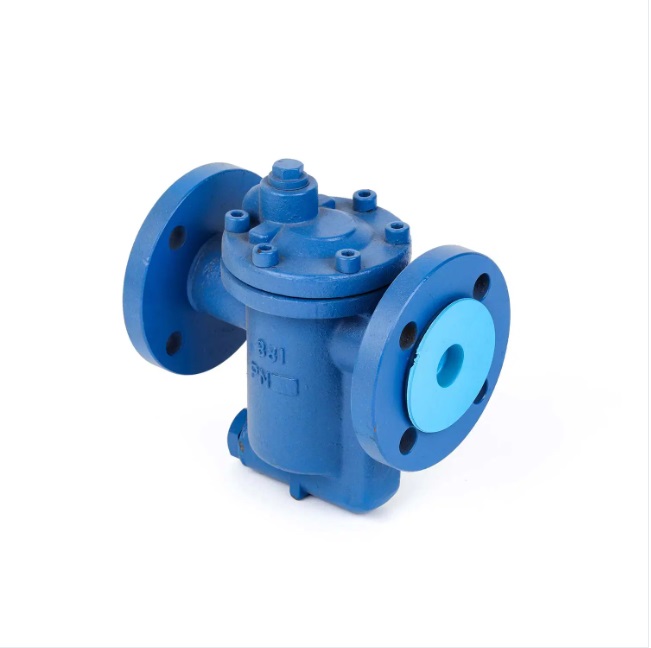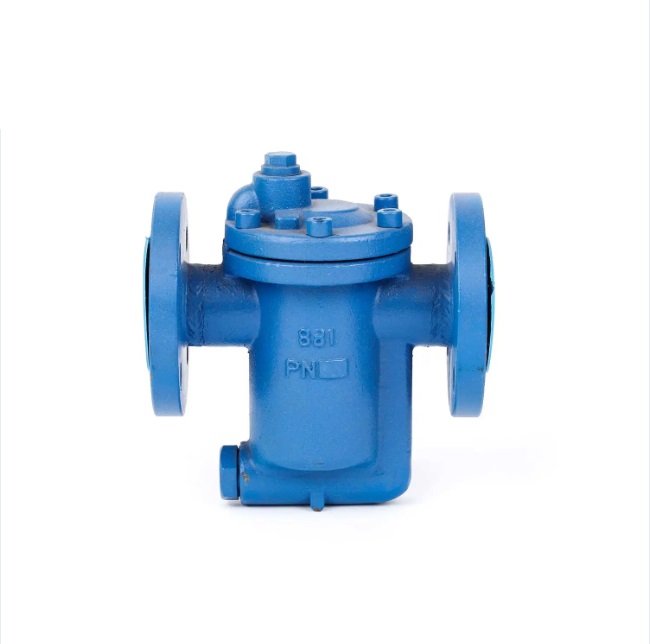The steam trap plays the role of blocking steam and draining water in the steam heating system. Choosing a suitable steam trap can make the steam heating equipment achieve the highest working efficiency. In order to achieve the best results, it is necessary to have a comprehensive understanding of the working performance and characteristics of steam traps. Next, I will explain to you the common failures and maintenance methods of steam traps, so that you can easily solve the problem of steam traps!
1. Cold valve—no drain
If the steam trap fails to discharge condensate:
The original design pressure was wrong; the pressure increased without installing a smaller valve orifice; the pressure reducing valve failed; the boiler pressure gauge reading was low; the valve seat hole was enlarged after normal wear; the high vacuum in the return line increased the pressure difference , exceeding the working pressure differential of the trap.
Condensate or steam does not enter the trap: the filter before the trap is blocked; other valves are damaged on the pipeline where the trap is installed; the pipeline or elbow is blocked.
Mechanical wear or defect requiring repair or replacement.
The steam trap body is clogged with dirt and a strainer should be installed for blowdown.
For inverted bucket traps, when the float hole is blocked by dirt, a filter should be installed; the vent hole should be slightly enlarged; and a wire should be placed in the vent hole.
For ball float traps, if the air vent is not working smoothly, air lock will occur.
For thermostatic traps, the bellows element may be damaged by water hammer, causing the trap to close.
For disc traps, the trap may be installed backwards.
2. Thermal valve—no drain
No condensate flow to steam trap: trap installed on leaking bypass valve; siphon discharge pipe in drying drum is broken or damaged; vacuum in water heater coil prevents drain, installed between heat exchanger and trap Vacuum breaker.
3. Steam loss
If the steam trap emits live steam, it may be due to the following reasons:
A. Valve won't close: scale clogs seat hole; components worn.
B. Inverted Bucket Traps Not Working:
If the steam trap sprays fresh steam, first close the inlet valve for a few minutes, and then slowly open it. If the steam trap can work at this time, it means that the steam trap is good.
Inverted bucket traps that do not work are generally caused by sudden or frequent changes in steam pressure. If possible, traps should be installed below the point of collection.
C. With float-type traps, the thermostatic element may fail to close.
4. Continuous discharge
If an inverted bucket or disc trap discharges continuously, or a float or thermostatic trap discharges fully open, the following factors should be checked:
A. The steam trap is too small: replace the large valve, or install another steam trap in parallel; a high-pressure steam trap may be installed in a low-pressure situation, and a steam trap with a suitable internal mechanism should be selected at this time.
B. Abnormal water supply conditions: Foaming in the boiler causes a large amount of water to escape into the steam pipe. A water separator should be installed to change the water supply conditions.
5. Slow heating
The steam trap is working fine, but the process heating unit is not heating well.
A. One or more cells are shorted. The solution is to install a steam trap on each pipeline.
B. Although it appears to be effective in dealing with condensate, in reality the trap was chosen to be too small. Try a larger trap.
C. The trap air handling capacity may not be sufficient, or the air may not be reaching the trap. Use auxiliary air vent valve.


 WENZHOU WEITUO VALVE CO., LTD.
WENZHOU WEITUO VALVE CO., LTD.